Sabudana kheer recipe turns simple soaked pearls into a creamy delight with milk, cardamom, and nuts, perfect for fasts, festive meals, or a cozy homemade dessert.
Rooted in tradition, sabudana kheer holds a special place during fasting rituals and festive celebrations, where comfort and purity meet in one soothing bowl.
Across Indian households, it’s a go-to recipe during occasions like Navratri and Ekadashi, where it offers both nourishment and satisfaction within dietary limits.
Its charm lies in the way simple ingredients come together, pearl-like grains, full-fat milk, sugar, and cardamom, to create something elegant and soul-satisfying.
Whether enjoyed warm or chilled, its creamy consistency and nutty garnish make it a family favorite.
With just a few tweaks, you can tailor it to personal tastes by adding saffron, coconut milk, or jaggery.
Let’s walk through how to recreate this timeless delight in your kitchen.
Table of Contents
- What is Sabudana Kheer?
- Sabudana Kheer Recipe (Ingredients)
- How to Make Tapioca Sabudana Kheer Step by Step
- How to Soak Sabudana Properly
- Tips for Perfect Sabudana Kheer
- Variations You Can Try
- When to Serve Sabudana Kheer
- Storage and Reheating Tips
- Conclusion
- Frequently Asked Questions
What is Sabudana Kheer?
Sabudana Kheer is a creamy Indian dessert made by simmering soaked sabudana (tapioca pearls) in milk, sweetened with sugar, and flavored with cardamom.
Often garnished with ghee-roasted nuts and raisins, it’s known for its rich texture and comforting taste.
This dish is especially popular during Hindu fasting periods like Navratri and Ekadashi, as it provides energy while adhering to traditional dietary guidelines.
Sabudana pearls turn soft and translucent when cooked, giving the kheer a unique mouthfeel that pairs beautifully with the aromatic milk base.
Whether served warm or chilled, sabudana kheer is cherished for both its simplicity and its deep cultural roots in Indian cuisine.
Related Posts
What is Sabudana Thalipeeth and How Do You Make It?
Is Tapioca Pudding Good for You?
Ultimate Guide To Tapioca Pearls
Different Snacks Made from Tapioca
Tapioca Bubble Tea: The Boba’s Chewy Star
Sabudana Kheer Recipe (Ingredients)
Tapioca Sabudana Kheer is made by soaking tapioca pearls until soft, then simmering them in milk until thick and creamy.
It’s flavored with cardamom, nuts, and raisins, creating a rich, comforting dessert enjoyed during fasts or festive celebrations.
Sabudana (½ cup)
Sabudana, also called tapioca pearls, is the star of this recipe. The small-sized pearls is recommended.
When soaked and cooked, it becomes soft and translucent, lending the kheer a delicate, pudding-like texture. See more on the types of tapioca pearls.
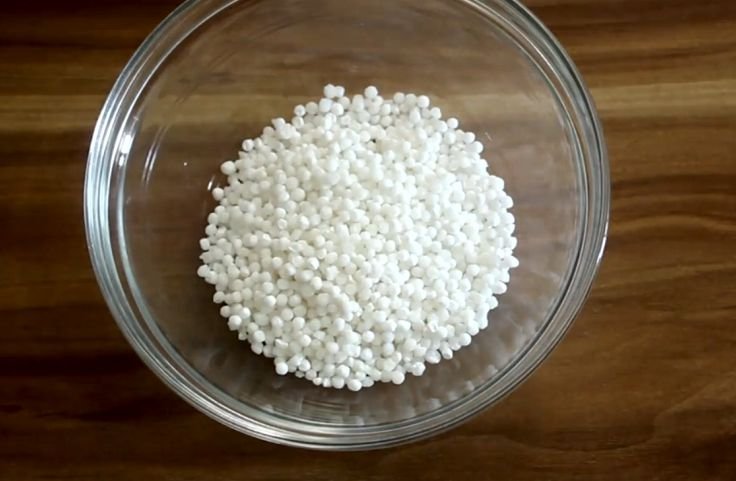
It absorbs the flavors of milk and spices beautifully. Its neutral taste makes it ideal for both sweet and savory dishes, but here, it forms the comforting base of the dessert.
Full-Fat Milk (1 liter)
Full-fat milk gives the dish a creamy consistency and acts as the liquid foundation that carries all other ingredients.
It thickens naturally as it simmers with the sabudana, creating a rich and velvety texture.
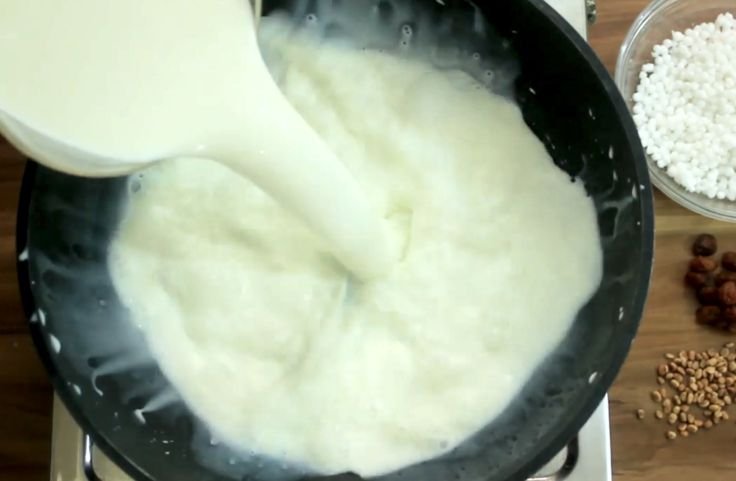
The fat content in the milk also enhances the aroma and mouthfeel, making the kheer luscious and satisfying without needing cream or added thickeners.
Cashew Nuts (2 tablespoons)
Cashews are lightly toasted before being added to the kheer to bring a buttery, nutty flavor and slight crunch.
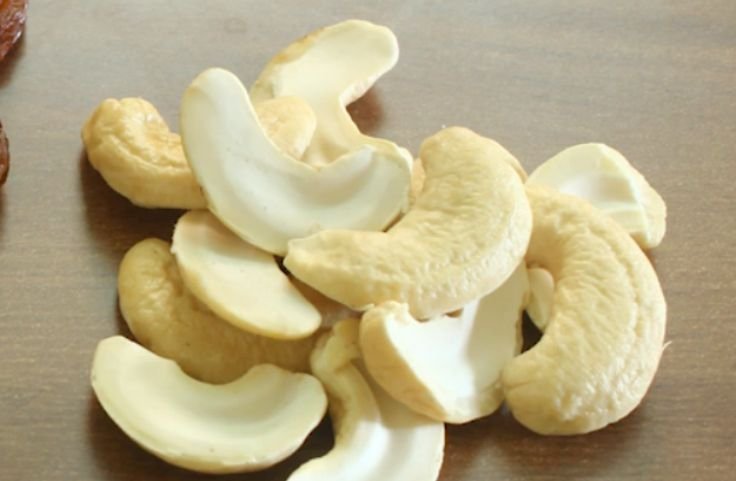
They provide a textural contrast to the soft sabudana and creamy milk.
In traditional Indian desserts, cashews are used to add richness and depth, and they hold up well in hot milk without turning mushy.
Chironji (1 tablespoon)
Chironji, also known as charoli seeds, is a classic Indian sweet ingredient with a subtle, earthy taste and soft, nut-like bite.
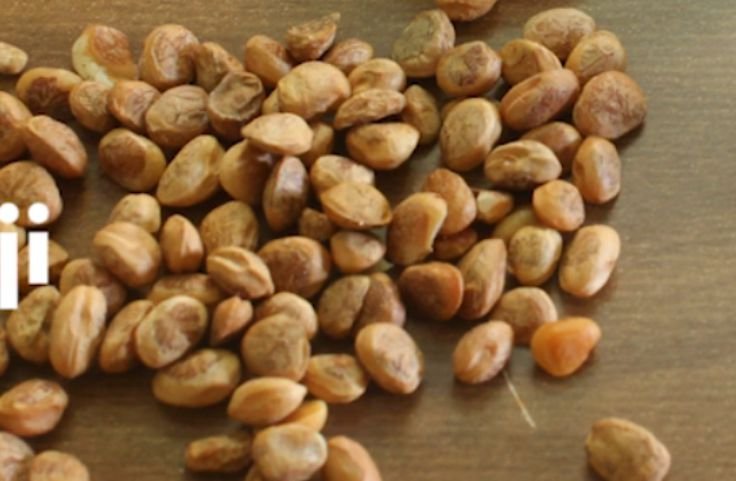
When cooked in milk, it releases a light flavor that complements both cardamom and nutmeg.
It’s small, but its presence adds authenticity and enhances the traditional flavor profile of sabudana kheer.
Raisins (2 tablespoons)
Raisins add natural sweetness and chewy texture. When simmered in milk, they plump up and release their sugars, adding small bursts of flavor with every spoonful.
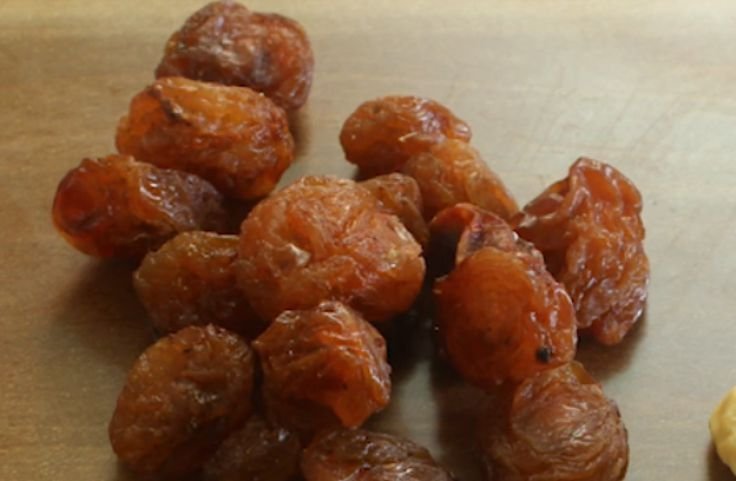
They pair beautifully with the richness of cashews and the spice notes from cardamom and nutmeg, making them a gentle, sweet surprise in this comforting dessert.
Cardamom Powder (¼ teaspoon)
Cardamom powder brings a gentle floral aroma and warm sweetness that elevates the entire dish.
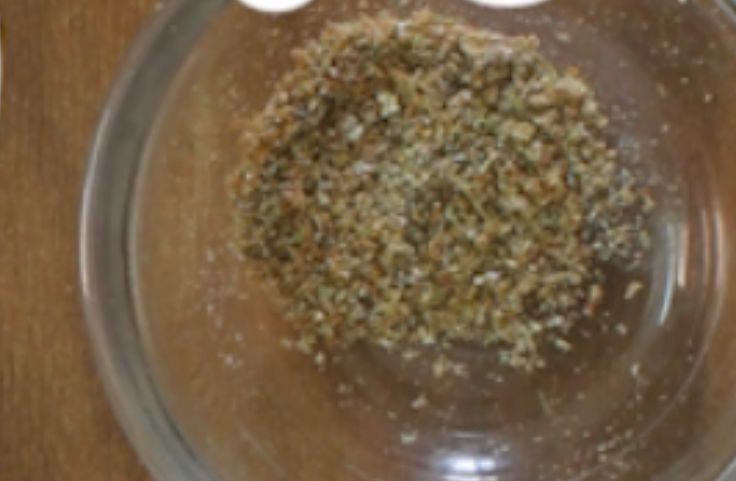
It harmonizes with the milk, nuts, and sabudana, making the kheer aromatic and inviting.
Just a small amount is enough to make a big impact, as it infuses the milk during simmering and leaves a lingering, soothing aftertaste.
Nutmeg Powder (A pinch)
Nutmeg is potent and should be used sparingly. A small pinch adds a slightly sweet, woody-spicy warmth that deepens the flavor.
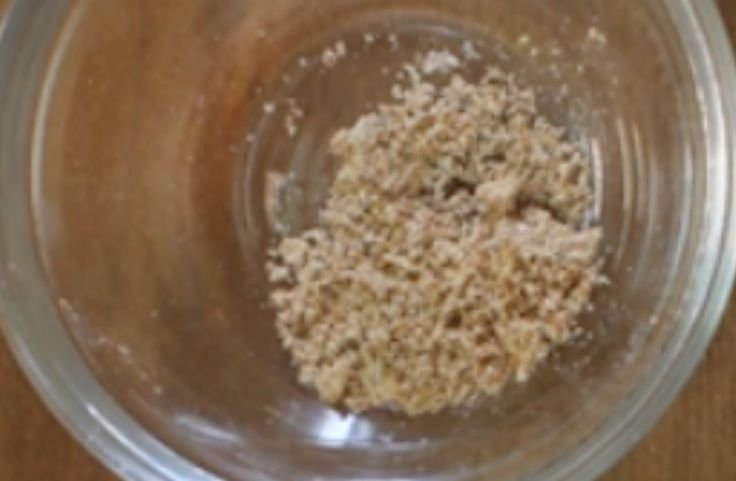
It works alongside cardamom to provide complexity, giving the kheer a classic Indian dessert taste that’s comforting and nostalgic.
Nutmeg also enhances the richness of the milk and pairs beautifully with raisins.
Sugar
Sugar sweetens Tapioca Sabudana Kheer, enhancing its flavor and balancing the starchiness of the tapioca pearls.
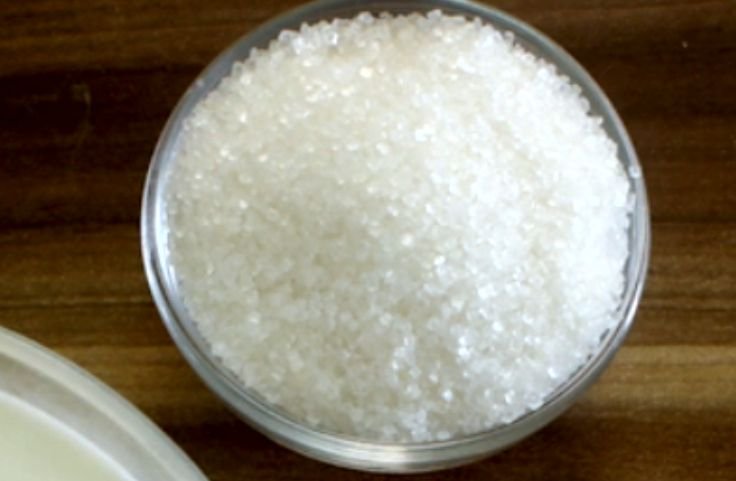
It dissolves easily during simmering, blending seamlessly into the creamy milk base.
The sweetness complements the richness of the nuts and the aroma of cardamom, making the dessert more indulgent and satisfying.
Related: How to Make Tapioca Puffs
How to Make Tapioca Sabudana Kheer Step by Step
Step 1: Soak the Sabudana
Place the sabudana in a bowl and rinse it well under running water 2–3 times until the water is clear.
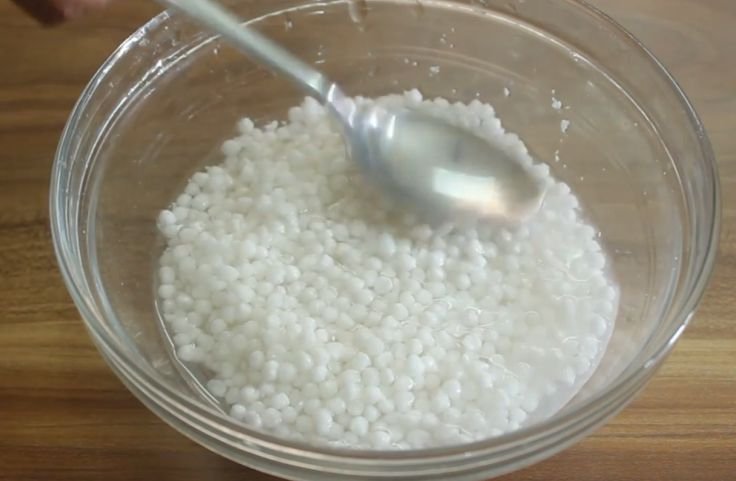
This helps remove excess starch. Soak the sabudana in just enough water to cover it for 4–5 hours, or overnight.
After soaking, they should be soft to the touch and separate easily.
Step 2: Prepare the Nuts and Raisins
Heat a dry pan over a low flame and lightly toast the cashew nuts, chironji, and raisins for 2–3 minutes until they release their aroma and turn slightly golden.
This optional step enhances their flavor and prevents them from becoming soggy when added to the milk.
Set aside the toasted mix for use later in the recipe.
Step 3: Boil the Milk
Pour 1 liter of full-fat milk into a deep, heavy-bottomed pan.
Turn the heat to medium and bring the milk to a gentle boil while stirring occasionally.
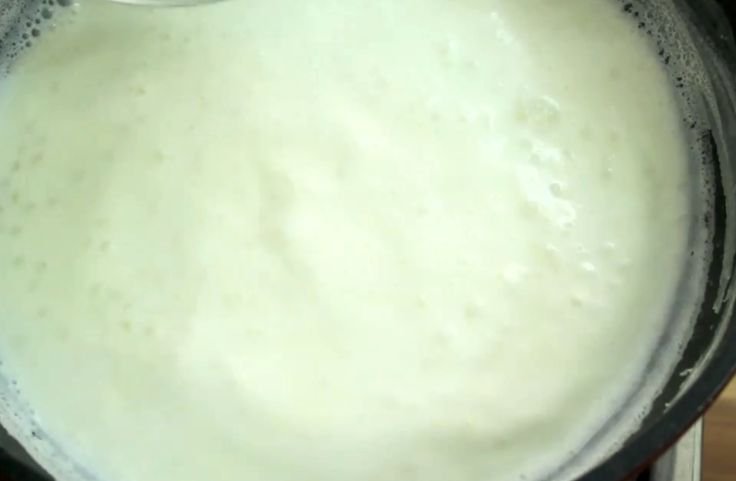
This prevents the milk from catching at the bottom or forming a thick skin.
Once the milk is hot and bubbling, it’s ready for the soaked sabudana.
Step 4: Add the Soaked Sabudana
Gently add the drained, soaked sabudana into the boiling milk. Stir well to distribute the pearls evenly.
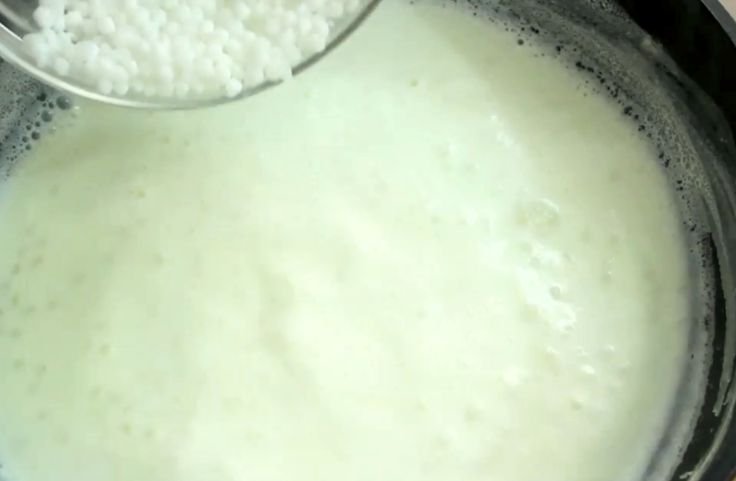
Lower the heat and let it simmer for 20–25 minutes. Stir occasionally to prevent sticking.
As the sabudana cooks, it will turn translucent, and the milk will naturally thicken into a smooth, pudding-like consistency.
Step 5: Mix in the Dry Ingredients
Once the sabudana is fully cooked and the kheer has thickened, stir in the toasted cashews, chironji, and raisins.
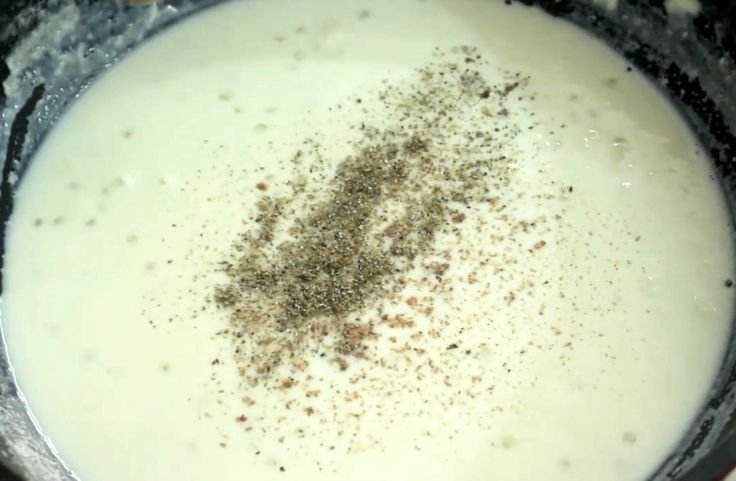
Add the cardamom powder and a small pinch of nutmeg powder.
Mix everything gently and simmer for another 3–5 minutes.
This allows the nuts and spices to blend well into the milk.
Step 6: Serve the Kheer
Turn off the heat and let the kheer rest for a few minutes. You can serve it warm for a cozy dessert or refrigerate it to enjoy chilled later.
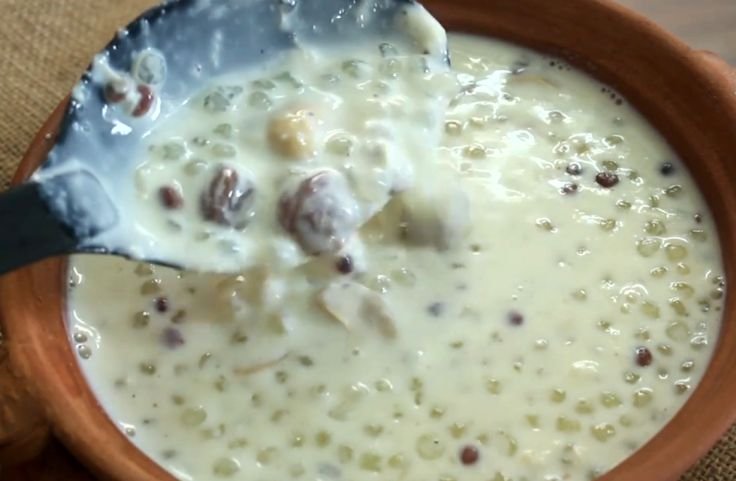
Add sugar, jaggery, or condensed milk if you prefer it sweetened. Stir well before serving, and garnish with extra nuts if desired.
Related: Tapioca Crackers Recipe
How to Soak Sabudana Properly
To soak sabudana properly for kheer, rinse the pearls thoroughly in a fine-mesh sieve under running water to remove excess starch.
Then, transfer them to a bowl and add water using a 2:1 ratio, two cups of water for every cup of sabudana.
The idea is for the water to be at the same level with the sabudana.
Ensure the pearls are fully submerged but not drowning. Soak them for 2 to 6 hours, depending on size.
Small pearls may need just 2–3 hours, while larger ones require more time.
Check by pressing a pearl between your fingers; it should feel soft, not firm or mushy. Well-soaked sabudana ensures a smooth, creamy kheer with perfect texture.
Tips for Perfect Sabudana Kheer
Sabudana Kheer comes out best when you take your time with the process. From rinsing to simmering, every step matters.
If you want a creamy texture with soft, non-sticky pearls, follow these tips to get consistent results every single time.
Rinse Thoroughly Before You Soak
Rinse the sabudana under running water until it runs mostly clear. This removes excess starch and keeps the pearls from sticking.
Skip this, and the kheer may turn overly thick or gummy. After rinsing, soak in just enough water for 2 to 3 hours.
Keep the Milk on Low Heat
Heat the milk slowly over low heat to avoid curdling or burning. Once it’s warm, add the soaked sabudana and stir regularly.
This allows the pearls to cook evenly and prevents them from sticking to the bottom while gradually thickening the milk into a creamy base.
Add Sugar Only After Cooking the Pearls
Wait until the sabudana turns translucent and soft before adding sugar.
Adding a sweetener too early can interfere with proper cooking and may curdle the milk.
Once the pearls are fully cooked, stir in sugar and let it dissolve completely for even sweetness throughout the kheer.
Adjust the Sweetness After It Thickens
Begin with a moderate amount of sugar and let the kheer simmer. Once it thickens and cools slightly, taste it and adjust the sweetness to your liking.
This gives you more control over the final flavor and keeps it from becoming too sugary or bland.
Aim for a Pourable, Creamy Texture
Don’t let the kheer thicken too much. It should be creamy but still pourable. Remember, it continues to thicken as it cools.
If needed, loosen it with warm milk before serving to keep that perfect consistency, whether served warm or chilled.
Finish with Flavor and Crunch
Top the kheer with cardamom and ghee-roasted nuts for aroma and texture.
Cashews, almonds, and a few raisins add contrast to the soft pearls.
This final touch rounds out the dish and makes it feel festive, comforting, and worth sharing with others.
Variations You Can Try
Sabudana Kheer isn’t tied to one way of cooking. You can mix things up based on what you enjoy or need, whether you’re fasting, going dairy-free, or craving something new.
Swap Sugar with Jaggery for a Richer Taste
If you’re cutting down on refined sugar, jaggery is a great switch. It brings a deep, earthy sweetness that blends perfectly with sabudana and milk.
Plus, it adds more than taste; it comes with iron and minerals.
Just remember to let the kheer cool slightly before adding jaggery so it doesn’t curdle the milk. The caramel tones will warm up every bite.
Use Coconut Milk for a Creamy Twist
Coconut milk changes everything. It makes the kheer creamy with a tropical hint that works well with the soft sabudana pearls.
This option fits perfectly into a dairy-free or vegan meal plan. You’ll also love how the coconut flavor pairs with cardamom or saffron.
Start with thick coconut milk, stir gently, and let the flavor build as it simmers.
Try Almond Milk with a Nutty Note
If you prefer a lighter plant-based option, almond milk does the job. It adds a subtle nutty flavor and blends well with soaked sabudana.
You can even stir in a spoonful of ground almonds to boost both texture and taste.
It’s a great way to keep the kheer light yet filling, especially if you enjoy a mild, wholesome flavor.
Add Saffron or Rose Water for Aroma
Want to make your kheer feel more festive? Drop a few saffron strands while it’s warm or add a splash of rose water near the end.
Saffron brings color and a gentle spice, while rose water gives a floral lift.
These two small touches can turn a simple bowl into something that feels special without changing the core recipe.
Use a Pressure Cooker for Quick Prep
Running short on time? A pressure cooker helps you get soft sabudana pearls without long soaking or slow simmering.
Just rinse well, soak briefly, then pressure cook with milk.
You’ll save at least 15 to 20 minutes and still get a thick, creamy kheer.
It’s an easy trick that comes in handy during busy mornings or unexpected cravings.
When to Serve Sabudana Kheer
Sabudana Kheer is a cherished dessert served during fasting festivals like Navratri, Ekadashi, and Maha Shivratri.
Its high energy content and purity make it ideal for religious observance meals.
It’s also a staple in festive thalis, where it balances savory dishes with a sweet finale.
Beyond rituals, it’s enjoyed at family celebrations, parties, and potlucks.
Served warm or chilled, the dessert’s creamy texture and subtle flavors offer comfort and elegance to any gathering.
Its adaptability, cultural relevance, and satisfying nature have made it a beloved choice across different events, bridging tradition and modern hospitality with ease.
Storage and Reheating Tips
Store leftover Sabudana Kheer in an airtight container after cooling completely.
Keep it refrigerated for up to 3–4 days, covering the top with plastic wrap to retain creaminess.
For reheating, warm on low heat while stirring gently to avoid curdling.
If it thickens, add a splash of milk or water to loosen the consistency.
Avoid high heat, which may spoil the texture.
Though freezing is possible, it can compromise quality, so it’s best consumed fresh.
If you freeze it, thaw it in the fridge overnight, and reheat gently. With proper storage, your kheer can stay delicious for days.
Conclusion
Sabudana kheer recipe turns simple soaked pearls into a creamy delight with milk, cardamom, and nuts, perfect for fasts, festive meals, or a cozy homemade dessert.
Sabudana Kheer is a beloved Indian dessert cherished for its luxurious texture and mellow sweetness.
Rooted in tradition, it holds a special place during fasting rituals and festive celebrations, where comfort and purity meet in one soothing bowl.
Across Indian households, it’s a go-to recipe during occasions like Navratri and Ekadashi.
With pearl-like grains, aromatic cardamom, and the richness of full-fat milk, this dish brings soul-satisfying warmth.
Whether served warm or chilled, it’s adaptable, indulgent, and timeless.
Frequently Asked Questions
How long should sabudana be soaked for kheer?
Sabudana should be soaked for 2–6 hours, depending on size. It should become soft and press easily between fingers without turning mushy.
Why is my sabudana kheer too thick?
Overcooking or not rinsing sabudana properly can cause thickening. Add warm milk to loosen the consistency, and always rinse pearls thoroughly before soaking.
Can I make sabudana kheer without sugar?
Yes, you can use jaggery, dates, or sugar substitutes instead of refined sugar for a healthier or fasting-friendly variation of sabudana kheer.
Is sabudana kheer served hot or cold?
Sabudana kheer can be served hot for warmth and comfort, or chilled for a cooling dessert, both versions are equally traditional and enjoyable.
References
Sabudana/ sago (tapioca pearls) kheer

Chimeremeze Emeh is a writer and researcher passionate about Africa’s most transformative root crop—cassava. Through his work at cassavavaluechain.com, he explores the entire cassava industry, from cultivation and processing to its diverse applications in food, health, and industrial use.
He also writes for palmoilpalm.com, where he shares his extensive experience and deep-rooted knowledge of palm oil, covering red palm oil, palm kernel oil, and refined products. His work there reflects his lifelong connection to agriculture and his commitment to promoting sustainable value chains in Africa.
Driven by curiosity and purpose, Chimeremeze aims to shed light on how cassava continues to empower communities, strengthen food systems, and link traditional farming wisdom with modern innovation.

